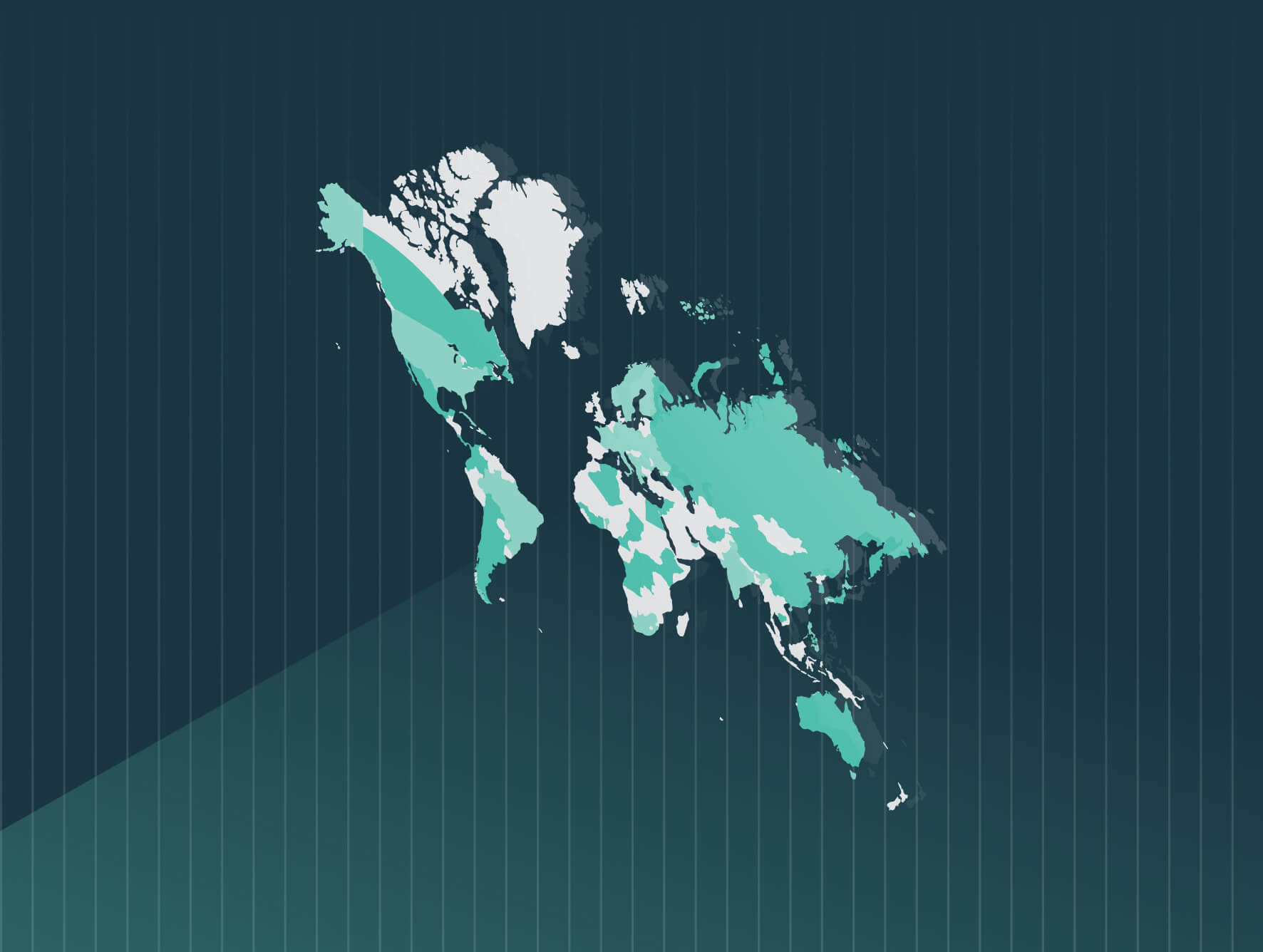Update: Gov. Wes Moore signed the bill into law April 25, making Maryland the seventh U.S. state to require salary ranges on job postings. The law (SB 525/HB 649) will take effect Oct. 1, 2024. Learn what’s ahead for Maryland employers and what will be required to comply.
Maryland is set to update its pay transparency law to require employers to provide salary ranges on job postings. The bill (HB 649) was passed by the Senate March 29 after the House passed it March 15.
If signed by Gov. Wes Moore, Maryland would become the seventh U.S. state to require salary ranges on job postings. California, Colorado, Hawaii, Illinois, New York, and Washington state, as well as New York City and Washington D.C. all have salary range requirements on job postings.
Maryland is one of nine states that have some form of a pay transparency requirement in place. Employers in the state currently must disclose salary ranges to job applicants upon request.
Action Items for Maryland Employers
If Gov. Moore signs the bill into law, it would take effect Oct. 1, 2024. Thus, employers of any size would need to comply with the new requirement of providing salary ranges in all ads for jobs that will be physically performed at least partly inside the state.
The legislation calls for using an hourly pay or salary range based on an applicable pay scale, a previously determined minimum and maximum pay for the position, the pay of an individual holding a comparable position, or the budgeted amount for the position.
The state’s labor commissioner would handle enforcement and could impose fines. State lawmakers earlier removed language from the bill that would have allowed employees and job applicants to sue employers for violations.
The final version of the bill also omitted language covering jobs performed outside the state but reporting to an in-state supervisor or office, which would have mirrored New York state’s job ad law.
Maryland employers should already have a pay transparency strategy in place due to existing requirements. However, they will need to ensure their compensation philosophy is sound ahead of publicly disclosing pay ranges on job postings.
Employers that operate in the state or are looking to hire talent from the state should prepare accordingly. Action items include:
- Conducting a pay equity analysis. A pay equity analysis will help you understand income disparities and gender pay gaps in your organization. This is made easier by using pay equity analysis software to identify pay inequities.
- Establishing a compensation philosophy. What are the Wage Influencing Factors (WIF) in your organization? Determine what you value and what you pay for, and stick to those principles.
- Evaluate job architecture. Having a well-structured job architecture helps ensure you’re placing employees in the correct job codes. When this is done correctly it informs pay eligibility and drives compensation consistency.
- Determine pay ranges. Doing the preliminary work above will help you establish pay ranges that are equitable internally and externally. Pay equity software tools assist greatly to determine competitive and fair salary ranges by overlaying internal pay equity data with external labor market data.
The Pay Transparency Landscape
Pay transparency laws continue to be prevalent in the U.S. and Europe. Hawaii and Illinois are the latest states to enact pay transparency laws, with the former going into effect Jan. 1, 2024 and the latter set to take effect in 2025.
Massachusetts is poised to become the next state to pass a pay transparency law, and Maine, Michigan, and New Jersey have pending bills. Virginia Gov. Glenn Youngkin vetoed a pay transparency bill that state lawmakers sent to his desk on March 14.
Washington D.C.’s law will go into effect on June 30. California, Colorado, Connecticut, Maryland, Nevada, New York, Rhode Island, and Washington all have pay transparency legislation in effect.
Additionally, pay transparency measures have also been proposed for federal employers by the Biden Administration. And in Europe, members of the EU are preparing for the EU Pay Transparency Directive that will take effect in 2026.
This puts the onus on employers to prepare for a new landscape where pay transparency is both a requirement and an expectation.
Pay Equity at the Center
Pay transparency legislation remains prominent, and it’s feasible that nearly 50% of employees in the U.S. will be covered under pay transparency laws by 2026.
Employers that aren’t moving toward more transparency with their compensation are at risk of being at a competitive disadvantage. Pay transparency is an expectation for Millennial and Gen Z job candidates, with research indicating this group will avoid applying for jobs that don’t include a salary range on the job posting.
Additionally, absent a pay transparency strategy, you limit your available talent pool. With most organizations deploying some version of a dispersed workforce model, you are required to comply with salary range requirements in other states for jobs that can be performed remotely.
The goal of pay transparency laws is to promote practices that lead to a more equitable compensation environment. Similar to salary history ban laws, requiring pay ranges on job postings promotes fair pay practices and holds organizations accountable.
If implemented thoughtfully and strategically by an organization, pay transparency can promote a better work environment where employees believe they are paid fairly. Providing salary ranges on job postings can also positively narrow the applicant pool and improve the hiring experience.
Absent salary range information, a job candidate could go through a multi-week interview process only to discover the job offer is far below their salary expectation. This wastes the candidate’s time and causes financial and reputational damage to the employer.
The task of moving toward full pay transparency can be daunting for an organization. Pay equity software tools alleviate this concern by identifying the root cause of pay disparities and remedying them. Additionally, it supports the creation of equitable, compliant job postings and enables a consistent approach to pay range disclosure.
This empowers your organization to execute compensation plans with complete confidence that pay equity is at the center. And it ensures that you will be prepared to comply and thrive amid evolving pay transparency legislation.








